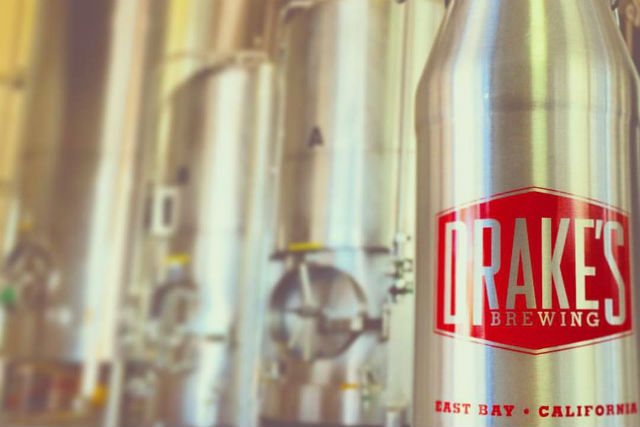
In the July/August issue of Brewer, we will be delving into fermentation vessels. We are in the process of putting the magazine together, but since it won’t be in the print edition, we wanted to share the story of Drake’s Brewing and how they have added to their fermentation arsenal overtime.
Travis Camacho, the barrel-aged beer program manager at Drake’s, took time to give Brewer some notes on what is going on with the San Leandro, California brewery that has seen good growth over the years and made 38,000 barrels in 2017.
Camacho noted that Drake’s makes many different styles of beer; from American-style Lagers and Pilsners, to high-alcohol imperial stouts and even traditional-style sour beers. Drake’s is known for their hoppy pale ales and IPAs, and on the regular production side of the brewery, there is not much difference in fermentation vessels, he points out.
“Although different tank dimensions can give you subtle differences in yeast flavor, it is primarily not what craft brewers are worried about,” he said. [We] are mostly concerned with the tank being easy to clean, easy to work with and not taking up a ton of space in the brewery, like a horizontal lagering tank, or something similar would.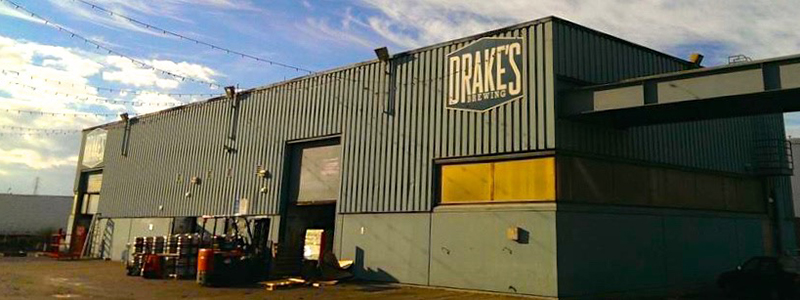
“You can brew a good beer in pretty much any style in a standard conical fermenter.”
The big difference for Drake’s is on the experimental and barrel-aged side.
“Overall we operate as a smaller brewery would, utilizing what tank space we have for experiments and fun projects,” Camacho said. “We have collected many tanks over the years and still use some of the original “grundy fermenters” that have been with Drake’s since the beginning. These tanks are relics of times gone by with most of them being produced in the 60s, so Drake’s probably wasn’t even near to the first brewery to work with them.
“We use all these misfit toys in the barrel program for sour beer fermentation and fruiting projects.”
Camacho said the different fermentation vessels are really not all that glamorous, with the exception of their two 45-bbl French oak foudres. The foudres are lovingly named Rose and Blanche from Golden Girls. In each tank they ferment and age a Blonde and a Flanders Red sour as a single vintage release.
“The sour blonde should be released in a couple months around July/August under the name Bretty White,” he said.
The oak requires a little bit more attention to prepare and clean but overall are pretty easy to work with.
“Since we are making sour beer in them they really only need the occasional power wash between batches,” Camacho noted.
Most of the other tanks in the barrel program are small and mobile.
“We operate the barrel program out of a separate building than the rest of the brewery so we regularly transport beer across the parking lot with them,” he explained. “We use these tanks as well as some forklift-able square totes we use for fruiting projects. It’s really nice to be able to move them around but for the most part they are older tanks and kind of a hodgepodge selection of parts and fittings. These tanks are a little bit harder to work with but the product comes out the same as it would in any other tank.”
Drake’s buys new and used tanks every so often since they are trying to grow their sour and barrel-aged program.
“I have been buying more forklift-able stainless totes these days to up our fruiting capacity, and we usually get them made by Custom Metalcraft,” Camacho said. “I regularly scour for used wine and beer tanks on the web. There are a couple good beer and wine forums that have a classifieds section where you can sometimes stumble upon a good deal and make some new friends. That is exactly how I found those lovely foudres.
“We use what we have, modify it to work, and make the best beer that we can with it. If anything it just means the tanks have their own history and quirks, but it’s much more fun that way.”

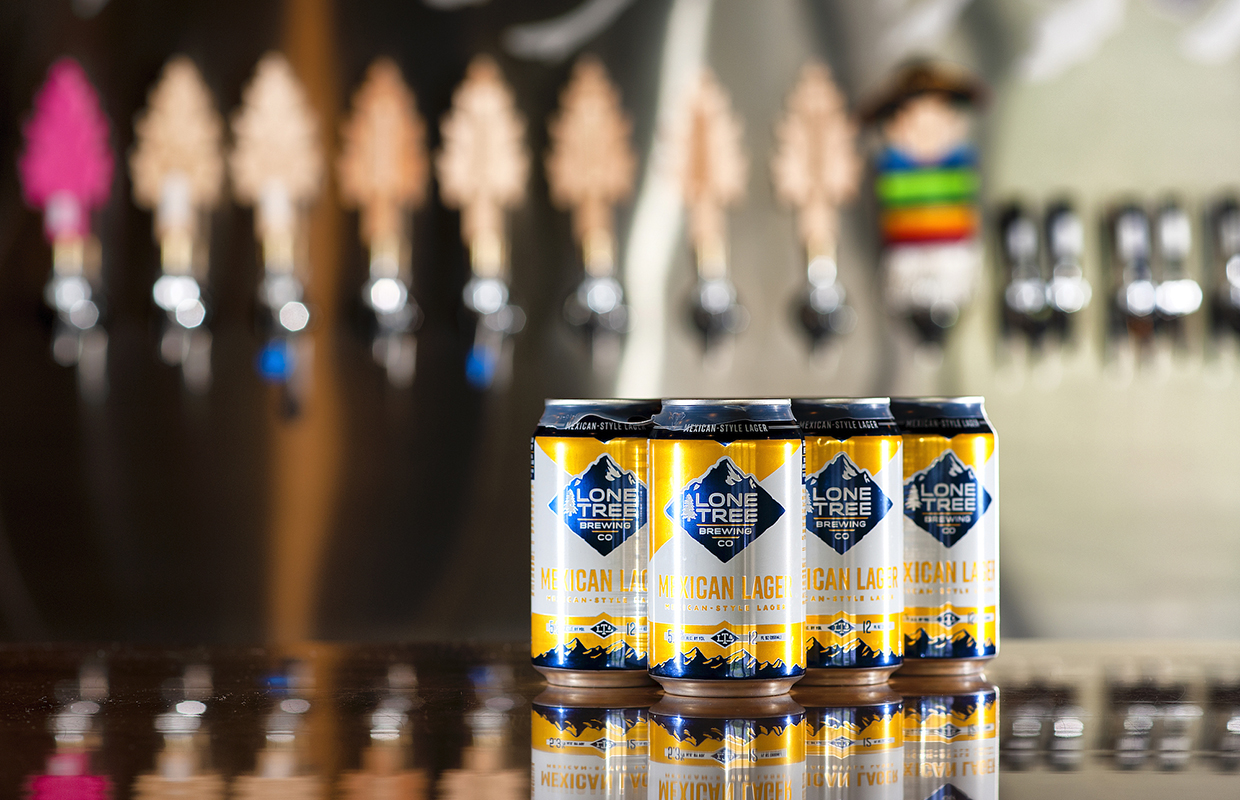
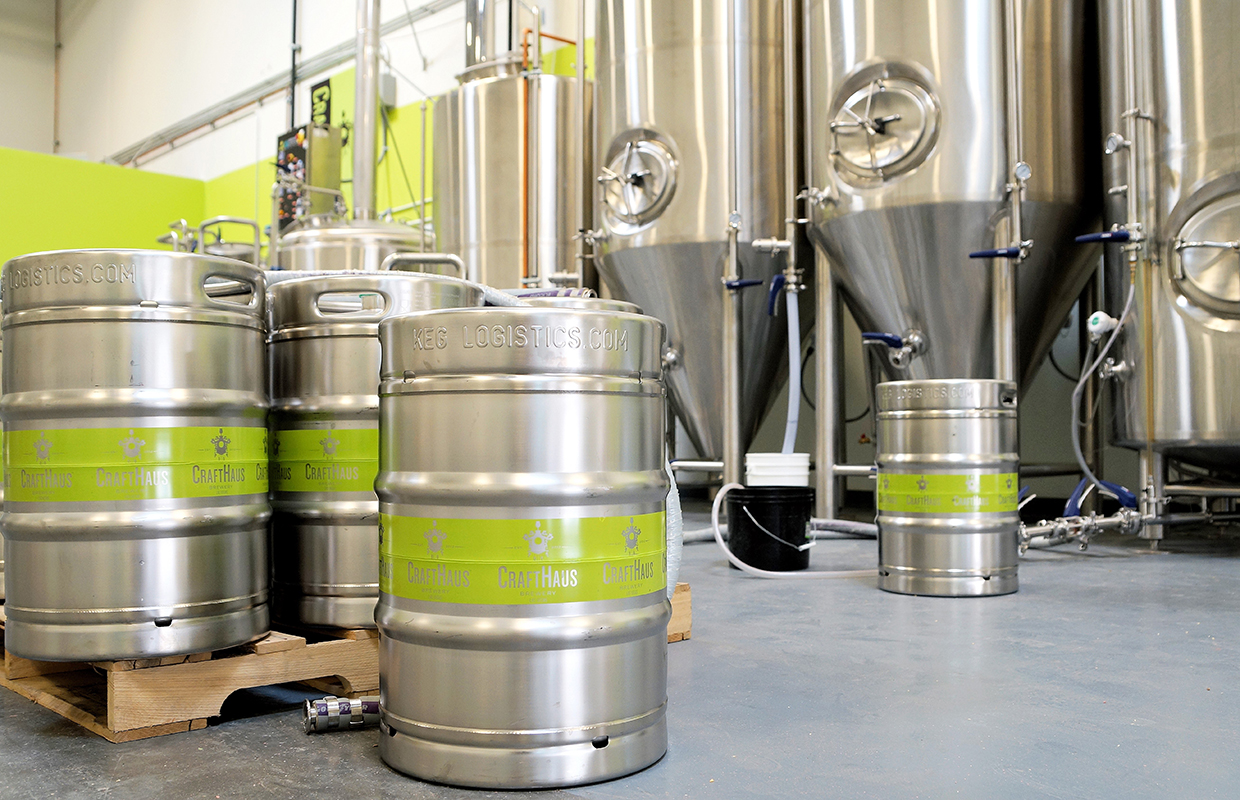
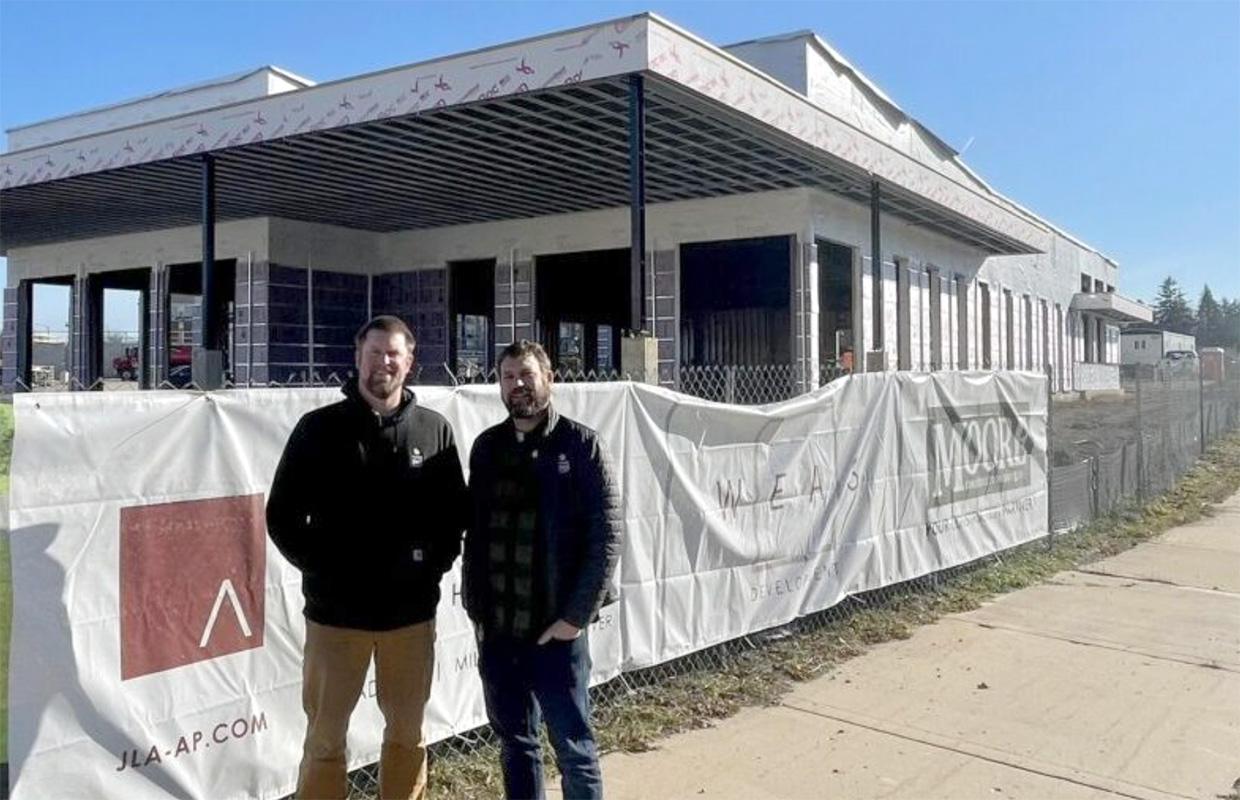
Be the first to comment